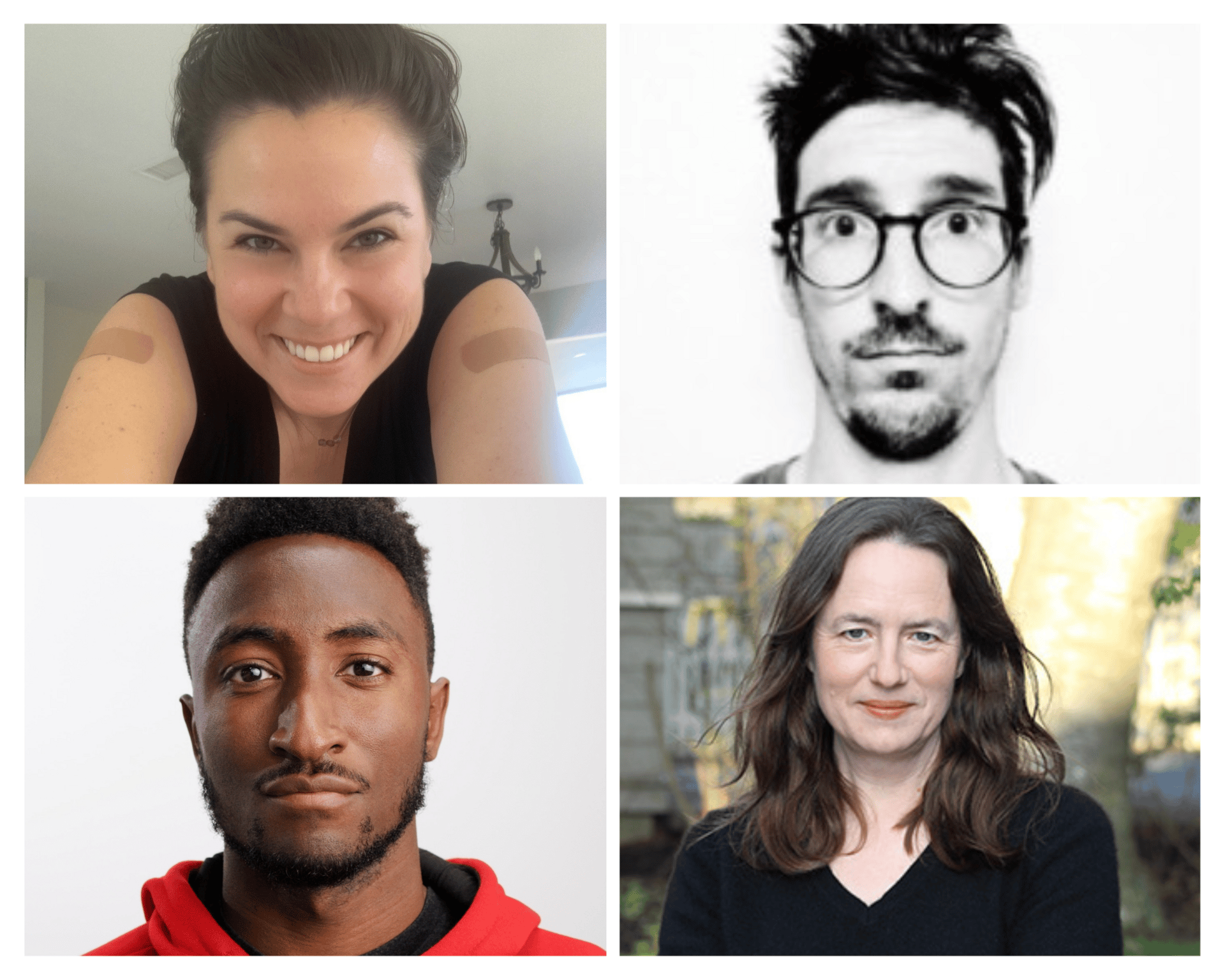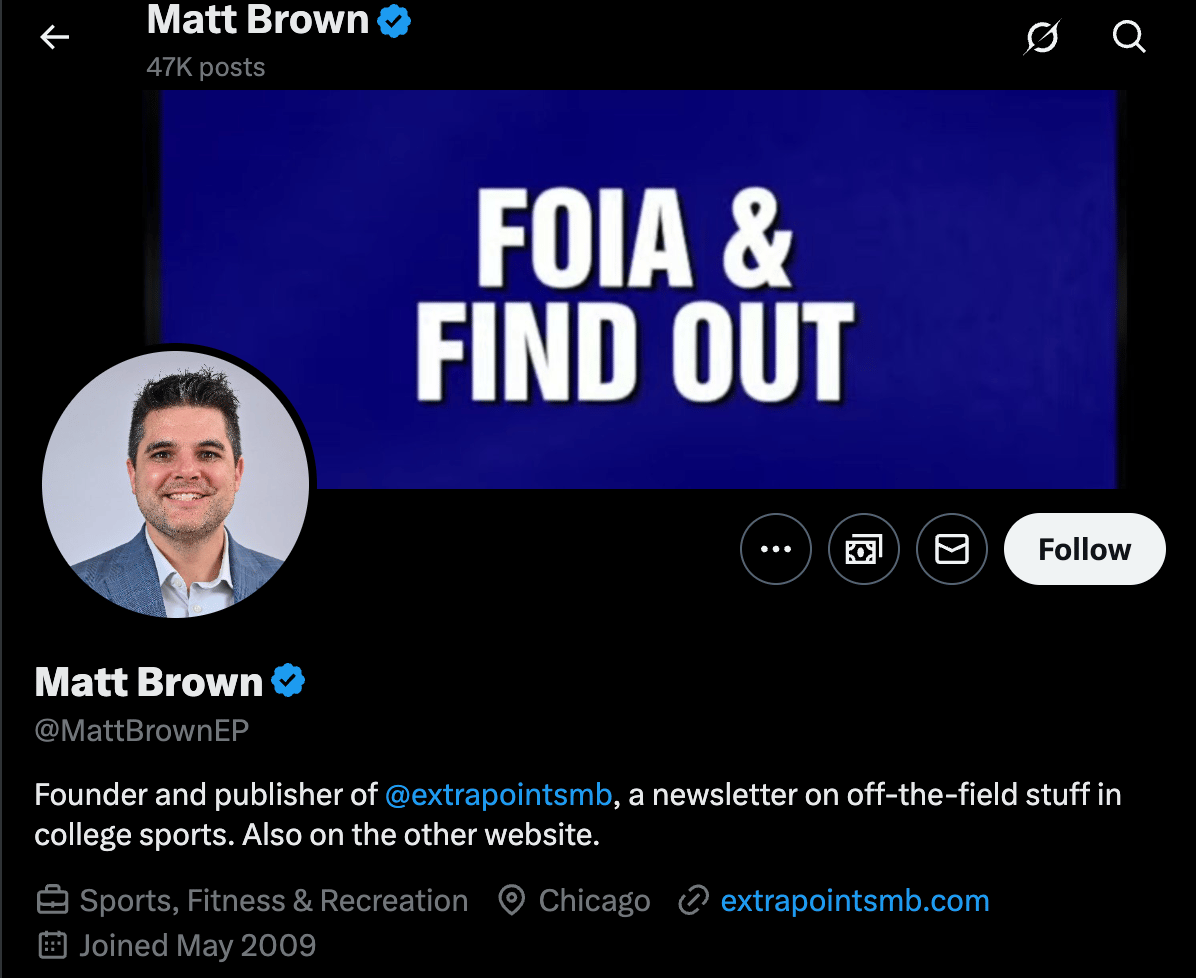This piece is published as part of the Top 50 Creator-Model Journalists of 2025 project.
I didn’t take many notes after the first day auditing “Mass Media Law” class at Harvard Law School this past spring. But in sorting through my scribbles, I have one note highlighted, underlined and bolded, as if to say, “if you learn only one thing, this is it”:
The United States doesn’t give out licenses to be a journalist. Instead, the law protects the act of journalism.
Or as I see it, you don’t need to call yourself a journalist to create journalism.
So, what happens when non-journalists create journalism? And furthermore, what if journalists themselves stop calling themselves journalists in the pursuit of truth?
It seems obvious that the journalism industry (yours truly included) cares more about the labels than the audience does. But a sense of shared values and group identity matter in shaping what becomes of the burgeoning space that is creator-model journalism from within the larger creator economy.
The co-authors of the Top 50 creator-model journalists thought expansively about including creators on the list who are willing to put truth-seeking and quality first, often without the labels, markers and/or pedigree of traditional journalism.
These top 50 set the tone and boundaries for what will be many more to come.
Katelyn Jetelina of Your Local Epidemiologist makes our Top 50 list and does not come from a journalism background. Instead, Jetelina’s source of expertise (and power) is her training as an epidemiologist, academic and “public health enthusiast,” to quote her bio.

Clockwise from top left: Katelyn Jetelina, Matt Kiser, Heather Cox Richardson, Marques Brownlee.
But make no mistake: Jetelina is creating journalism through the blend of newsletters and Instagram posts she makes with her small team. She disseminates factual information including breaking news, interviews and cites experts, and fact checks officials.
Her team includes a recent hire, Celeste LeCompte as Chief Operating Officer. LeCompte has had a long and illustrious career at organizations like Chicago Public Media and ProPublica.
One obvious “tell” that you’re making journalism: Jetelina corrects information when she gets it wrong. In reporting on the spring measles outbreak in the United States, she issued a “Correction Alert” on her Instagram account after mistakenly listing Arizona as having an outbreak in one of the many updates on the topic.
The most liked audience comment under her correction: “Transparency ♥️.”
Along with Katelyn, the Top 50 list includes a full spectrum of “non-journalists.”
To name a few more: Matt Kiser’s origin story echoes early bloggers providing a service to readers in the face of something new, in his case Trump and the 2016 election overwhelm compelled him into a daily newsletter. Marques Brownlee, an early YouTuber in high school, rode the wave of YouTube’s rise to create his channel on consumer tech. Heather Cox Richardson is a historian with a long academic career before diving into content creation.

On the flip side, I find traditional journalists blending, bending and omitting terms like “reporter” and “journalist” in describing themselves.
Sure, some have always identified as something other than a reporter (say, “writer,” “essayist,” or “critic”). But creator-model journalists do appear to be very intentional with how “journalism-y” they want to come off to audiences.
It’s easy to spot-check their about pages and social media bios for how they self-describe.
Ryan Broderick of Garbage Day states simply that he writes a newsletter and hosts a podcast. YouTuber Becca Farsace just calls herself a “tech creator, formerly with The Verge.” Matt Brown opts for a more entrepreneurial bent in his X bio, “Founder and Publisher of Extra Points.”

Yet many who have experience with traditional media still lean on their experience at brand names to signal authority, a quick way to tell an audience they did not just wake up one day and decide to start a TikTok or Instagram account.
In fact, threading the needle of using a traditional media experience as a narrative plot point to say how they’ve gone independent makes for a compelling case to follow their work.
Chris Cillizza positions himself as “independent” from both billionaire owners and from Republicans and Democrats in doing his brand of political analysis, but only after saying he spent 20+ years in the mainstream media at The Washington Post and CNN.
I suspect code-switching in and out of “journalist-mode” is helpful for some creators looking to sustain and grow their work, especially across a solopreneur’s business and editorial ambitions. Adapting to the context may be more aligned with how they see themselves anyway, especially with the rise in popularity of portfolio and multi-hyphenate careers.
Still other creator-model journalists go with simplicity, as in the case of Cleo Abram (“video journalist”) and Howtown’s Joss Fong and Adam Cole (“journalists” and sometimes “science journalists”), all Vox Media alums.
The open question is whether ditching “journalist” would help at all in wooing audiences that might be questioning, hostile or apathetic toward news.
In reporting a recent piece for Nieman Reports, I spoke with Sophia Smith Galer who put it this way, “I am ironically kept a lot safer - physically and mentally - by producing my own content under my own name than I ever was when I was at a news organisation.”
Smith Galer, who identifies strongly as a journalist, cautions fellow journalists at traditional news organizations from over-relying on news brands and their social media brand accounts.
“Although I loved making videos whilst reporting for VICE, my personal comment section was always a far nicer place to be on than theirs. Audiences will dehumanise you if they see a news organisation's name.”
Put me down as wanting to go with the most humanized form of content creation, regardless of whether I call myself a journalist or not. If content creators are known for being first and foremost accountable to their audience, then maybe it’s truly up to the audiences to decide what monikers stick.
Ryan Y. Kellett is a 2025 Nieman-Berkman Klein Fellow for Journalism Innovation at Harvard University. He is an audience futurist, news executive, and professor in his multi-hyphenate career. Previously, he led Audience at Axios and The Washington Post, which he leans on here to signal to you that he is a legitimate expert.
